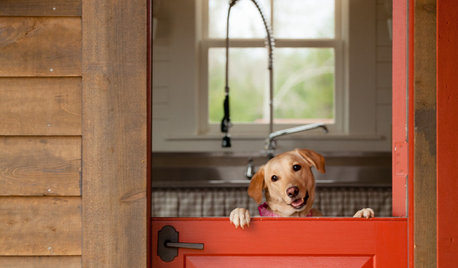tipps on white pine trans[plant
rickhise
10 years ago
Related Stories

DESIGNER SHOWCASESGlamour Ahead: Get In on the 2013 San Francisco Decorator Showcase
Take an inspiring virtual tour of 20 luxurious spaces in a Georgian mansion that push design and decorating drama to the max
Full Story
KITCHEN DESIGN12 Great Kitchen Styles — Which One’s for You?
Sometimes you can be surprised by the kitchen style that really calls to you. The proof is in the pictures
Full Story
PETSGood Dog! Cute Pooches at Home
The dogs of Houzz take you on a tour of their homes and show you where they lounge, eat, play, bathe and nap
Full StoryMore Discussions









wisconsitom
ken_adrian Adrian MI cold Z5
Related Professionals
Carlisle Landscape Architects & Landscape Designers · East Rancho Dominguez Landscape Architects & Landscape Designers · La Marque Landscape Architects & Landscape Designers · North New Hyde Park Landscape Architects & Landscape Designers · Palm Springs Landscape Architects & Landscape Designers · Newcastle Landscape Architects & Landscape Designers · Garden City Landscape Architects & Landscape Designers · Bound Brook Landscape Contractors · Concord Landscape Contractors · Florham Park Landscape Contractors · Gloucester Landscape Contractors · Mahwah Landscape Contractors · Norwalk Landscape Contractors · Tinton Falls Landscape Contractors · Westchester Landscape Contractorsalley_cat_gw_7b
wisconsitom
ken_adrian Adrian MI cold Z5
rickhiseOriginal Author
wisconsitom